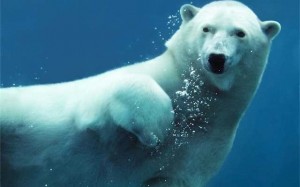About Endangered Wildlife Initiatives – Past & Future
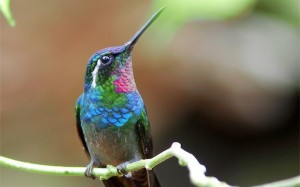
Saving Endangered Species Around the World
EarthTrust’s Endangered Wildlife Initiatives have been working to save critically endangered species since 1976.
We’ve had a fair bit of success, but that has played out against terrible trends for other species on this planet.

Tiger Campaign
We’ve gone undercover to the markets where tigers end up. Caged, garrotted, and dismembered to make "medicine" which has utterly no medicinal value.
Our images have enabled national and international full-page newspaper ads to save tigers. There has been some really great activist campaigning.
But the tiger‘s situation is a dire one. How long they’ll continue to exist is an open question.
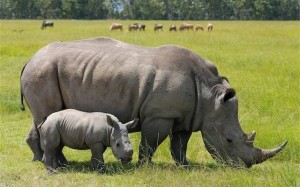
Rhino Campaign
ET’s EWi campaign has conducted one of the most penetrating efforts to save the rhino.
Enlisting corporate support within Taiwan, the campaign grew all the way from the far east to Africa, in an upbeat campaign for rhino awareness in the main markets for rhino horn, another useless "medicine" highly prized for its mythological properties.
Rhino horn is simply compacted hair. It won’t cure anything. The mistaken belief that it will puts rhinos in continuing deadly danger.
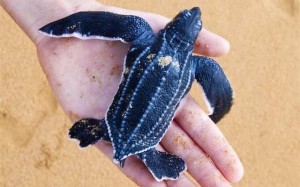
Sea Turtle Campaign
EarthTrust, though its successful campaign to ban pelagic driftnet fleets, has been responsible for saving many hundreds of species that were being devastated, including sea turtles like the leatherback.
In addition, ET and Hono Project have collaborated to protect them at their nesting areas in Costa Rica, and have created educational video productions as well as doing outreach to local people.
Sea turtles have survived the dinosaurs, but could vanish this century unless those who care about them work a minor miracle.

Net Entanglement Campaign
Through it’s driftnet and driftNetwork programs, ET has worked to save seabirds from net enganglement, including endangered species like these puffins.
Hundreds of thousands of seabirds have been saved, but they still face a rapidly changing climate and acidifying seas where their food sources are uncertain.
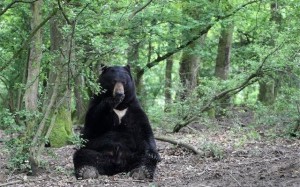
Bear Campaign
ET’s undercover work has included exposing the killing of bears for their gallbladders. This includes asian bears like this sun bear, and north american bears. The commerce for mythological medicines puts a bounty on the head of every bear in the world.
Are we an odd species, or what?

Saving your Wrasses
Of the many hundreds of organizations around the world working on endangered species, the work at the global CITES treaty to protect them is coordinated by Species Survival Network, co-founded by ET in 1993. Since that time, an ET representative has served on the board of directors.
One example of many is the humphead wrasse, above. It was nearly de-listed, allowing renewed killing of this endangered fish. Quick work by the ET team kept it listed and protected.
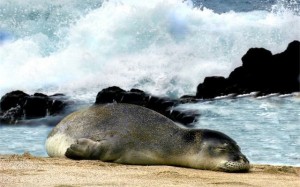
Monk Seal Campaign
Our monk seal campaign has been run by leading monk seal conservationists who have worked with the animals in the field, testified on their behalf, and really know the issues.
Program creator Sue White worked with Greenpeace and Sierra Club Legal Defense Fund to achieve critical habitat designation. And our reward program applied pressure to punish anyone killing the seals.
The prospects for these seals are not bright; rising seas will cover their islands and force them to interact with humans, while acidifying seas will dissolve the coral ecosystems on which the depend. This is a species whose fate is tied to our success or failure to curb CO2 emissions.
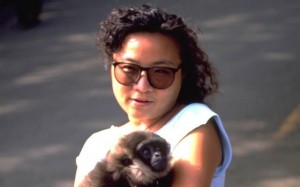
And many more...
ET campaigns have worked to help many dozens of species over the years, limited only by available funding.
Like the program to turn in pet monkeys for rehabilitation in Taiwan, above. The restoration and replanting of Pohutakawa forests on New Zealand islands. The flying of the "Hector Protector" ultralight aircraft to safeguard Hectors’ dolphins.
It really comes down to funding being available. When it is, we can turn it into campaign magic to help save species.

This Century will tell the story
We have arrived in the century that will shape the nature of life on earth for the next hundreds of millions of year.
We are in the middle of the earth‘s sixth mass extinction, the only one caused by a single species. Mankind’s discovery of burnable fossil carbon gave us the wherewithal to destroy the world and most of its species. So far, as a species, we have chosen not to care.
The bottleneck is upon us. Many of the species around us now will not make it into the future. Certainly, they will not make it into the future on their own.
Humans have caused this crisis, and it will be by human effort that some species are spared, to add their special qualities to the future. Others will be snuffed out forever.

Re-framing the issues
The way we have thought about "saving species" in the last century is no longer sufficient.
Human systems will not protect species once economic and energy problems start to bite harder. The thin veneer of "wildlife protection law" and treaties won’t keep them alive.
The bonobo, above, is a self-aware cousin to man. They are being quickly eaten as "bushmeat". We are eating our closest relatives along with all else.
Simply passing laws won‘t cut it to save species like this in the future. They must be sequestered from the coming human waves of locust-like eating, or they will not be here at century’s end.
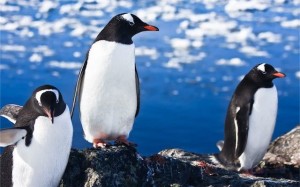
Join Us
The species which have evolved along with us will mostly be dying off, unless we can really change human priorities.
We propose to do exactly that. We’ve been more successful than most.
Which species survive may well be a matter of which species have campaigns conducted on their behalf. ET has the expertise. The funding of an endangered wildlife initiative is the other half of the equation.
Join us.

